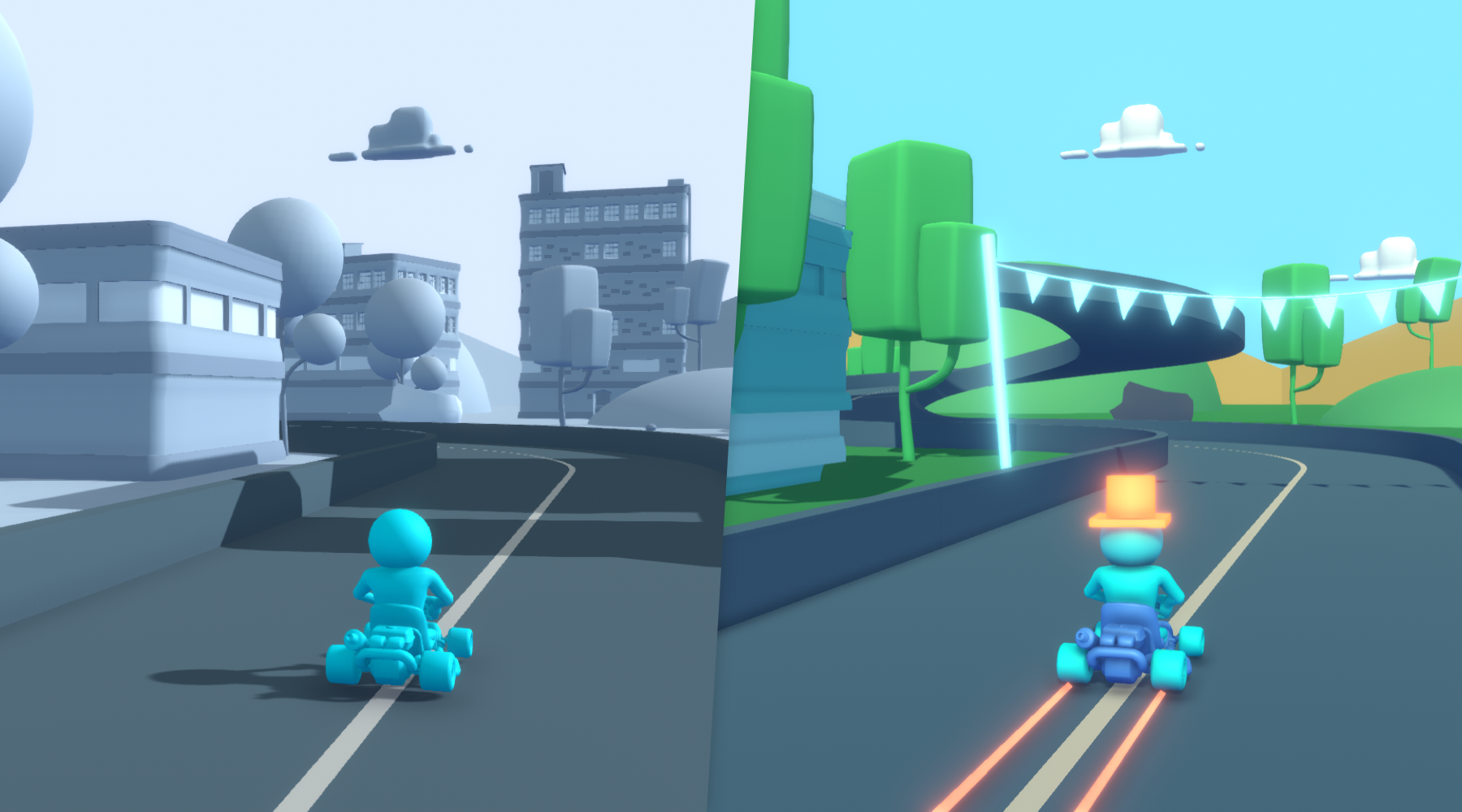
- Unity Beginner Tutorials Download Characters From#
- Unity Beginner Tutorials Code By Default#
- Unity Beginner Tutorials Series For You#
Alternatively, you can use the default layouts provided with Unity by clicking the drop bar under Layout in the top left of the screen. Every window can be clicked and dragged into position. Unity now supports over 20 different target platforms for deploying, while its most popular platforms are the PC, Android and iOS systems.The first thing you may want to do is customize the layout. The focus of Unity lies in the development of both 2D and 3D games and interactive content. Unity is a cross-platform game engine initially released by Unity Technologies, in 2005.
Unity Beginner Tutorials Series For You
First, a little bit about me: I’m a hobbyist unity developer, 3d modeler and graphic designer who. In this article, we run through all you need to know to get started using Unity. Unity is a great tool for prototyping everything from games, to interactive visualisations. We will be building a playable FPS game in.The Ultimate Beginners Guide To Game Development In Unity. This is the tutorial series for you.

You can create folders, scripts, etc. This can also be done by using the GameObject dropdown menu at the top of the screen.Project – shows the files being used for the game. You can create new elements by clicking Create and selecting the type of object you want. This is the main camera by default. You can test out your game in this window by clicking the Play button in the top, center of the screen.Hierarchy – lists all elements you have added to the scene. There is a block in the upper right corner showing the spatial orientation of the scene.Game – shows the view that the main camera sees when the game is playing.

Unity Beginner Tutorials Download Characters From
Leave all the default settings.You will notice that each object comes with a variety of “components” added to it that you can see in the Inspector. Make the player subject to the laws of physics by clicking Add Component at the bottom of the Inspector panel with the player selected. Rename it "Floor," and drag it under Stage in the Hierarchy.Note: you need to hit enter after renaming, or else the change may not take effect.Give the floor a -0.5 transform in the Y-direction to ensure it lines up neatly with the four walls.Make the floor's scale in the X, Y, and Z directions 1/10 of the scale you used to size the walls.You can download characters from various places online, such as the Unity Store, but for this tutorial, we’re just going to use one of the built-in Game Objects for the player.Go to Game Objects – Create Other – Sphere.Select the sphere in the Hierarchy, and rename it “Player.” Reset its transform.Now we need physics. Call it “Stage.” Reset its transform.Select all four “Walls” and drag them under the “Stage” Game Object.Add a plane Game Object by selecting Create in the Hierarchy panel and use it for the floor. Click and drag while holding the ALT key to rotate the view.Create an empty Game Object, using the Game Object dropdown (Create Empty) at the top of the screen. Drag them into position and/or use the transform options for each cube to make an arrangement that looks like an arena.Note: To look around the scene view, click the middle mouse button to pan and scroll to zoom in and out.
Put your new script in this folder.To open the script for editing, double click the script’s name in the Inspector, or open it from the Project window. Click Create and Add.For the sake of keeping files organized, open the Assets folder in the Project window, and create a folder called Scripts. Select New Script, name the script something like "PlayerController," and choose a programming language. This will clear up your workspace a bit.Click Add Component at the bottom of the Inspector window. (See video for what happens when you turn off the player's collider component.) You can turn components on and off by checking and unchecking the box next to the component’s name.Minimize components that you don’t want to see open in the Inspector by clicking the down arrows to the left of the name of each component. If you turn off a collider, than the object becomes like a ghost, able to pass through other objects.
Unity Beginner Tutorials Code By Default
It should look like this: void FixedUpdate () We need to assign a Game Object to the “player” we defined in the cameraMovement script. We will add a third, called FixedUpdate to handle physics-related protocols. Start runs as soon as the object comes into the game, and update runs continuously while the object is in the game. Also, watch out for errors that result from not having a semicolon at the end of a line of code.There should already be two sections included in your code by default: void Start () and void Update (). Make sure that you are consistent with spelling, cases, and having opening and closing brackets, parentheses, curly brackets, quotations, etc.


 0 kommentar(er)
0 kommentar(er)
